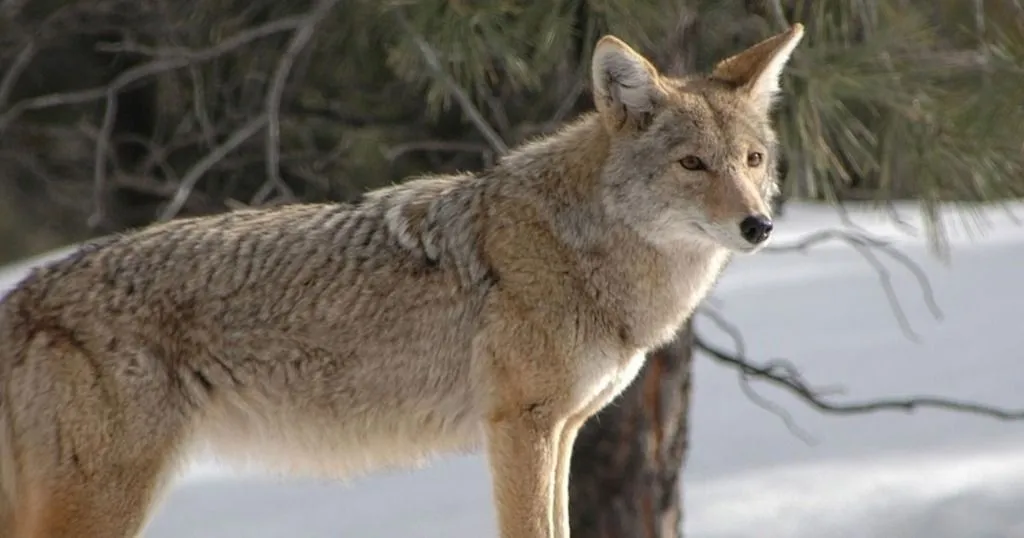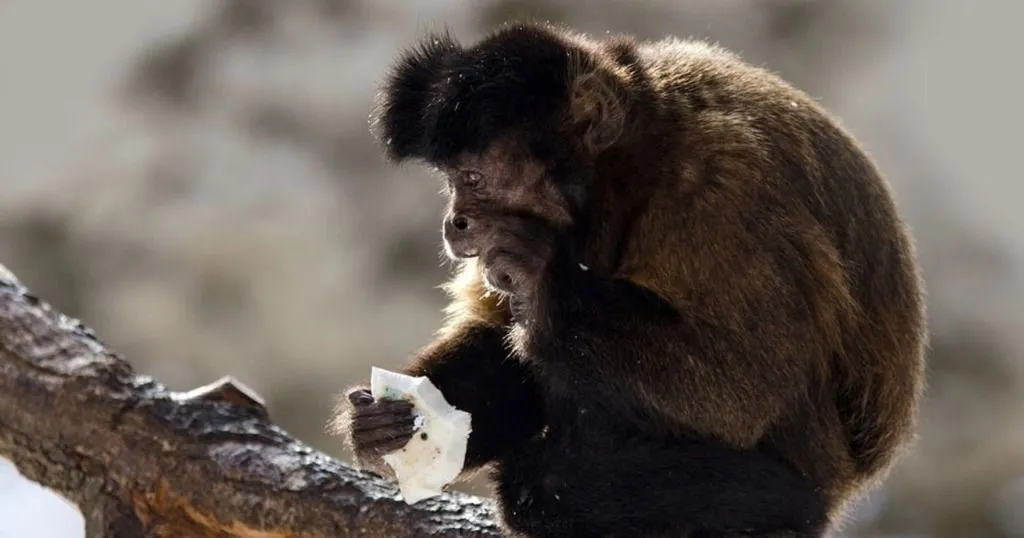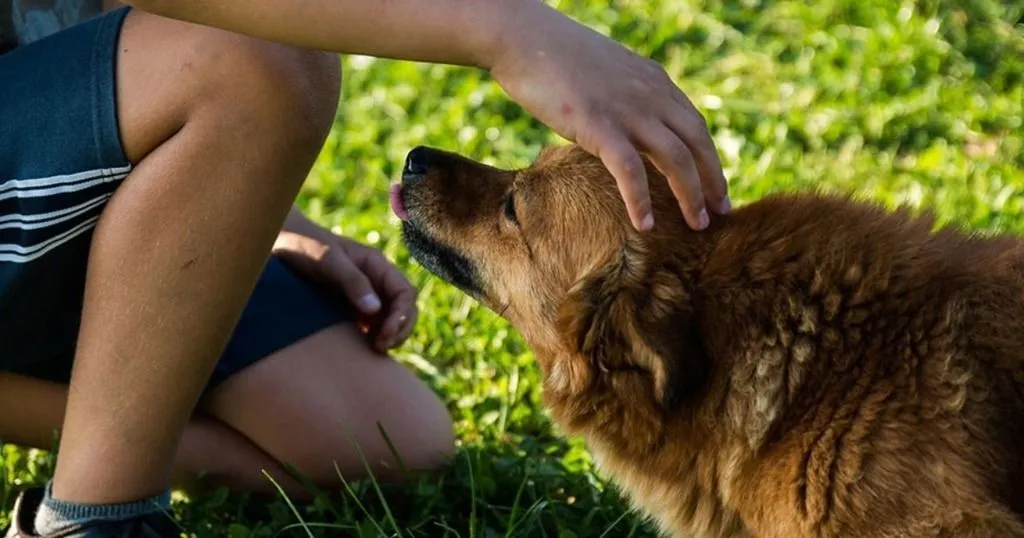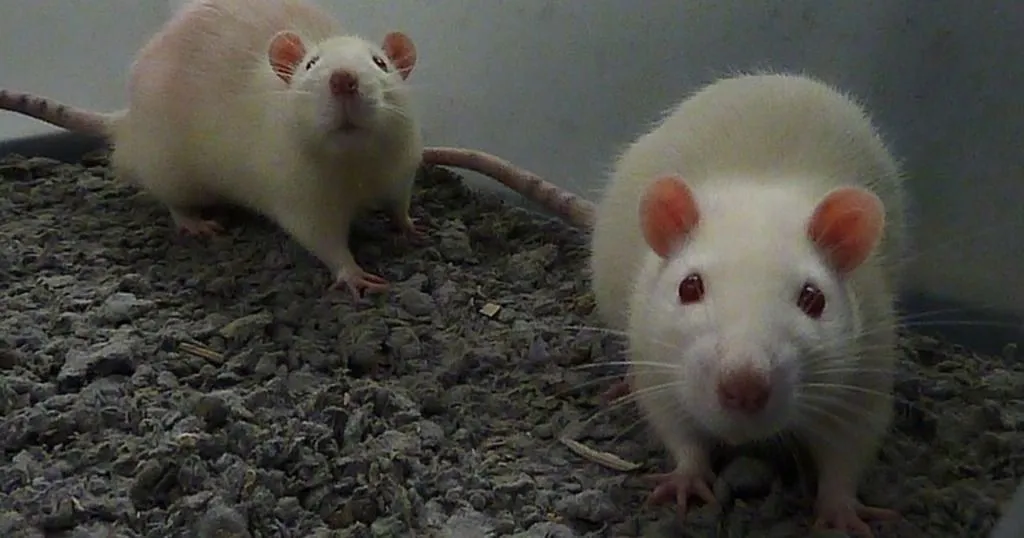Determining the effect of social hierarchy on foraging in coyotes
Whether it’s an older sibling taking the last piece of cake from their younger sibling or a dominant coyote shoving a subordinate out of the way so it can eat the food, nature has its hierarchies.
Posted by
Published on
Fri 14 Jun. 2013
Topics
| Social Behavior Research | Social Hierarchy | The Observer XT |

Whether it’s an older sibling taking the last piece of cake from their younger sibling or a dominant coyote shoving a subordinate out of the way so it can eat the food, nature has its hierarchies. Generally, the stronger individual is at the top of the food chain – for example, the older sibling or the dominant coyote. Getting to the resource first doesn’t matter if you can’t defend the resource, as can be seen very well in the example of coyotes. Even if the subordinate coyote discovers the food source, the dominant will still monopolize the food there.
Dominant or subordinate?
Recently, a study was done by scientists in Millville, Utah, to investigate the effects of social hierarchy on the foraging efficiency of an individual. Eight pairs of coyotes (one male and one female in each pair) were observed in order to determine the effects of a dominant and subordinate being paired in the hunt for food. Before scientists could observe the coyotes, though, they had to determine which of the coyotes was dominant and which was subordinate. Winner-loser trials were used to test dominance, by letting the pair have a single food source and see which of the coyotes was displaced from the food.
Recording and analyzing behavior
Scientists used Noldus The Observer XT software to record the behavior of the coyotes. Data was broken down by noting if the coyote entered the correct quadrant of the test area first, and if the coyote went to the correct feeder first. Researchers focused on the difference in number of times it took the subordinate to go to the correct feeder in individual and pair trials, to see if the presence of a dominant coyote had an impact on foraging efficiency. The data was used to determine if the foraging habits of a coyote differs when it is by itself and when it is in a pair.
Possible strategies
Researchers predicted that the subordinate coyotes would either just go for the food and eat as much as possible before being displaced by the dominant (direct strategy) or would purposely avoid the feeder until the dominant coyote had gone away (discursive strategy). They also predicted that in response, the dominant would either displace the subordinate and monopolize the food source (exploitative strategy) or go off on its own to find food (independent strategy).
What happened
Subordinate coyotes, when tested individually, showed ability to learn where the correct feeder was and improve foraging efficiency. However, when the dominant was also in the pen, though the subordinate went to the correct quadrant first most of the time, it spent more time going to the wrong feeders before the correct one. The attempt to use direct strategy was held up by a reduction in the ability to relocate the feeder accurately when paired with the dominant coyotes. At first, the dominant coyote used independent strategy, but immediately after the subordinate had found the correct feeder, the dominant switched to the exploitative strategy, and the subordinate did not make any moves to defend the food it had found, and did not adapt its strategy over time to keep the resource it had found to itself. The presence of the dominant coyote made the subordinate’s foraging and relocation accuracy decrease, showing a large impact on subordinate behavior due to social hierarchy.
Reference
Gilbert-Norton, L.B.; Wilson, R.R,.; Shivik, J.A. (2013). The effect of social hierarchy on captive coyote (Canis Iantrans) foraging behavior. Ethology, 119, 335-343.
Related Posts

Unraveling primate behavior, why do monkeys rub their fur?

A story of dogs and dolls

